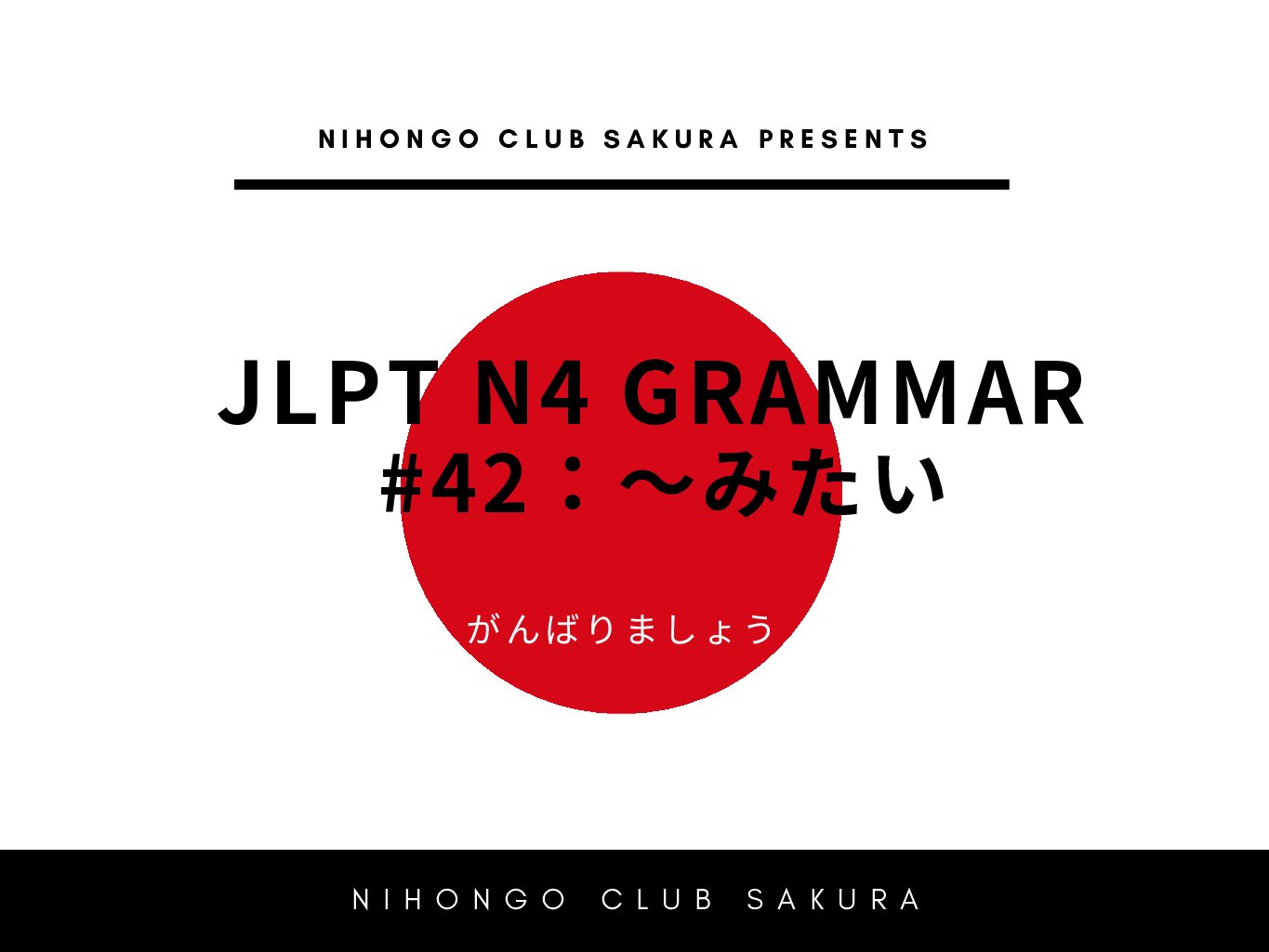 JLPT N4 Grammar Format
JLPT N4 Grammar Format JLPT N4 Grammar #41: 〜みたい (assumption)
【いみ】
It seems like ~*This use implies an impression or assumption, similar to "it seems like" or "it looks like" in ...
 JLPT N4 Grammar Format
JLPT N4 Grammar Format 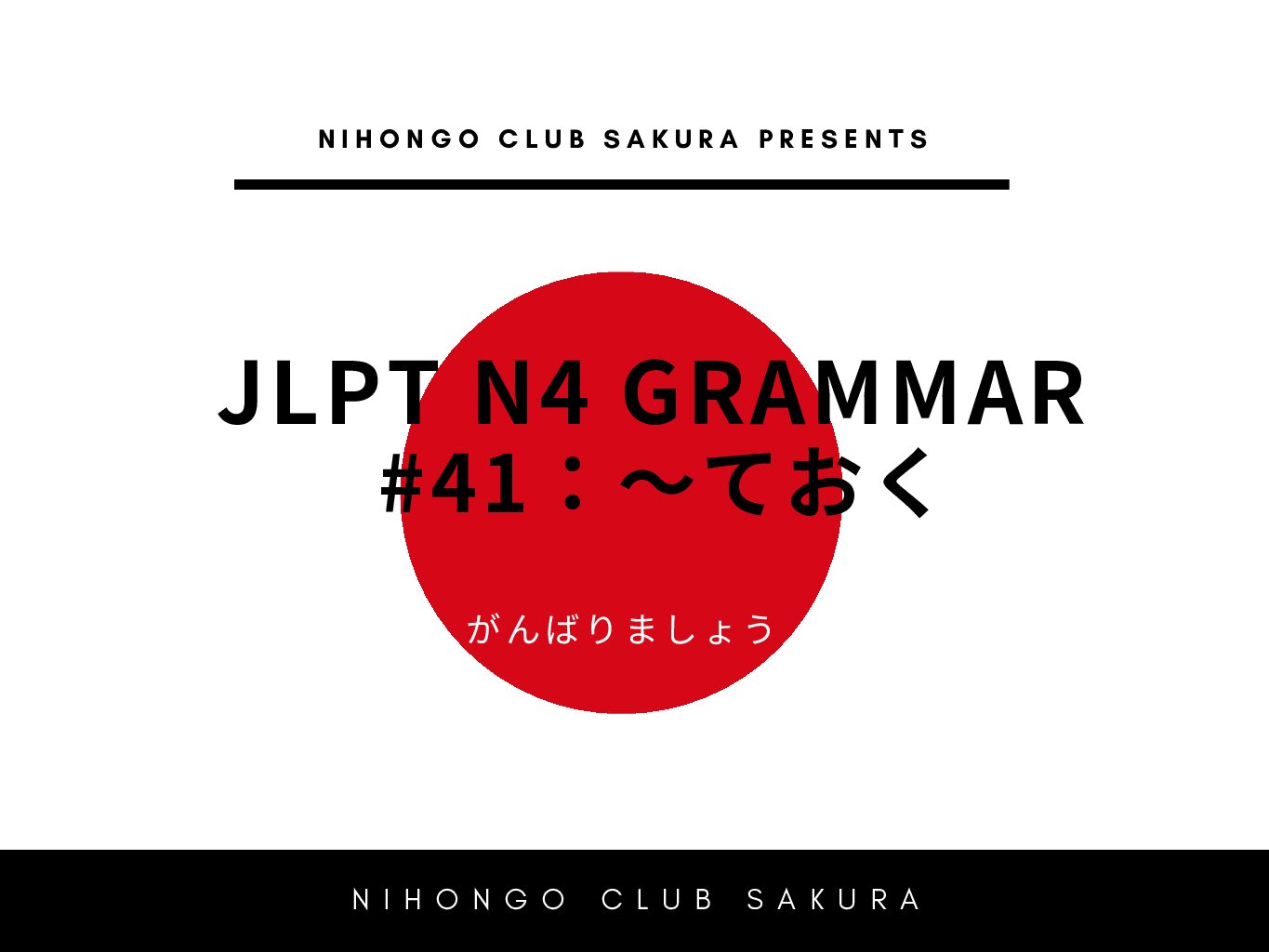 JLPT N4 Grammar Format
JLPT N4 Grammar Format 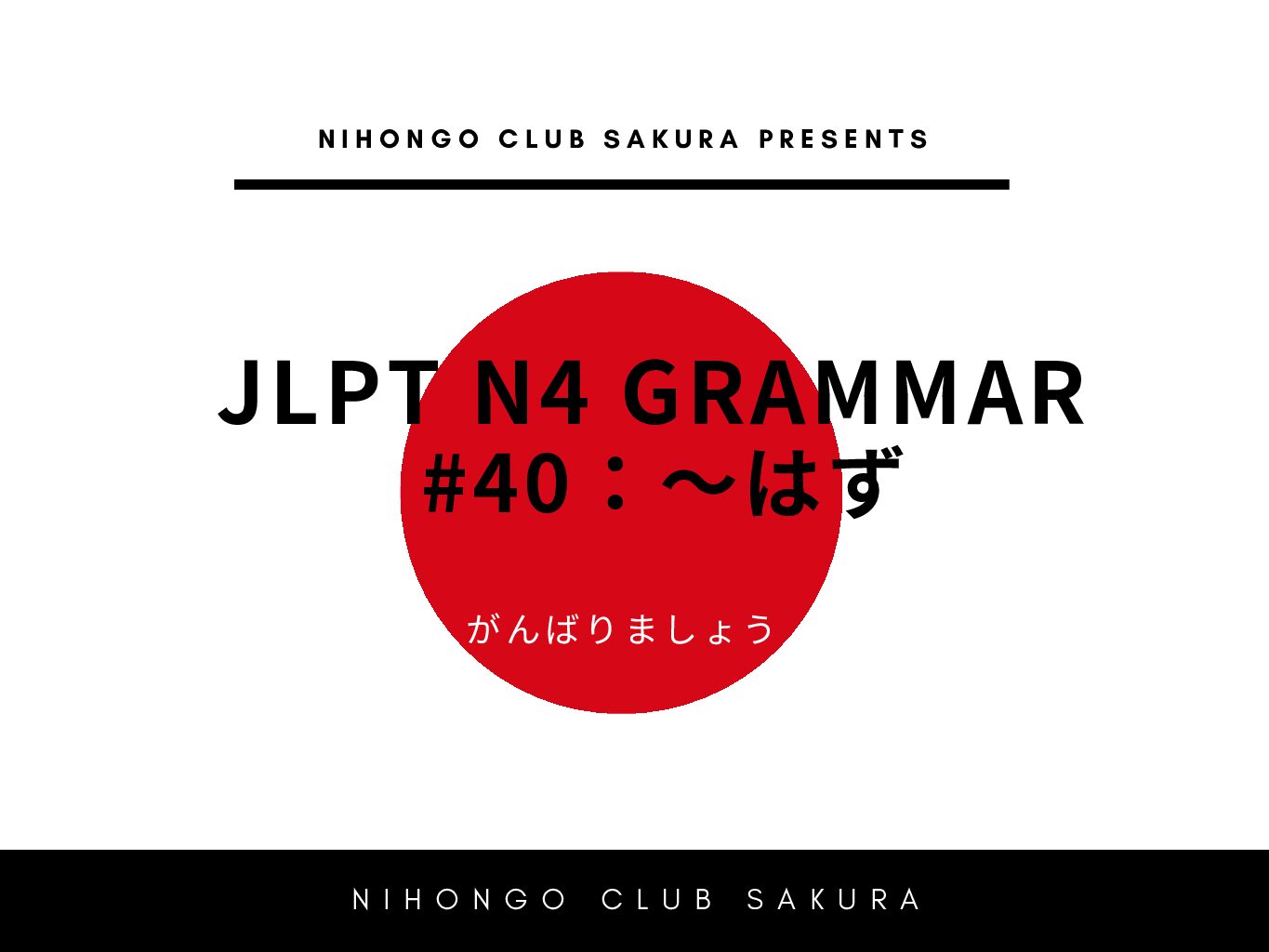 JLPT N4 Grammar Format
JLPT N4 Grammar Format 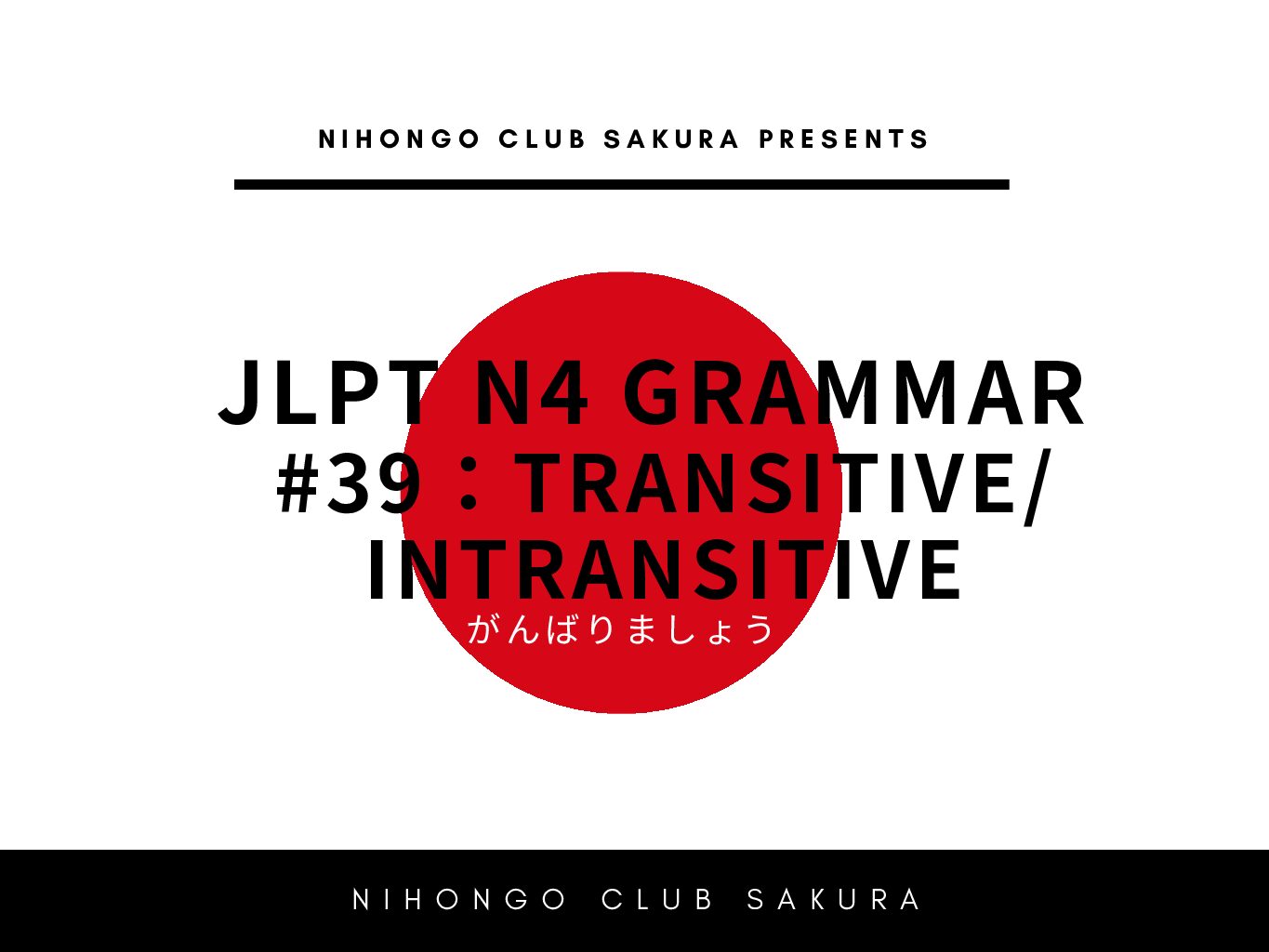 JLPT N4 Grammar Format
JLPT N4 Grammar Format 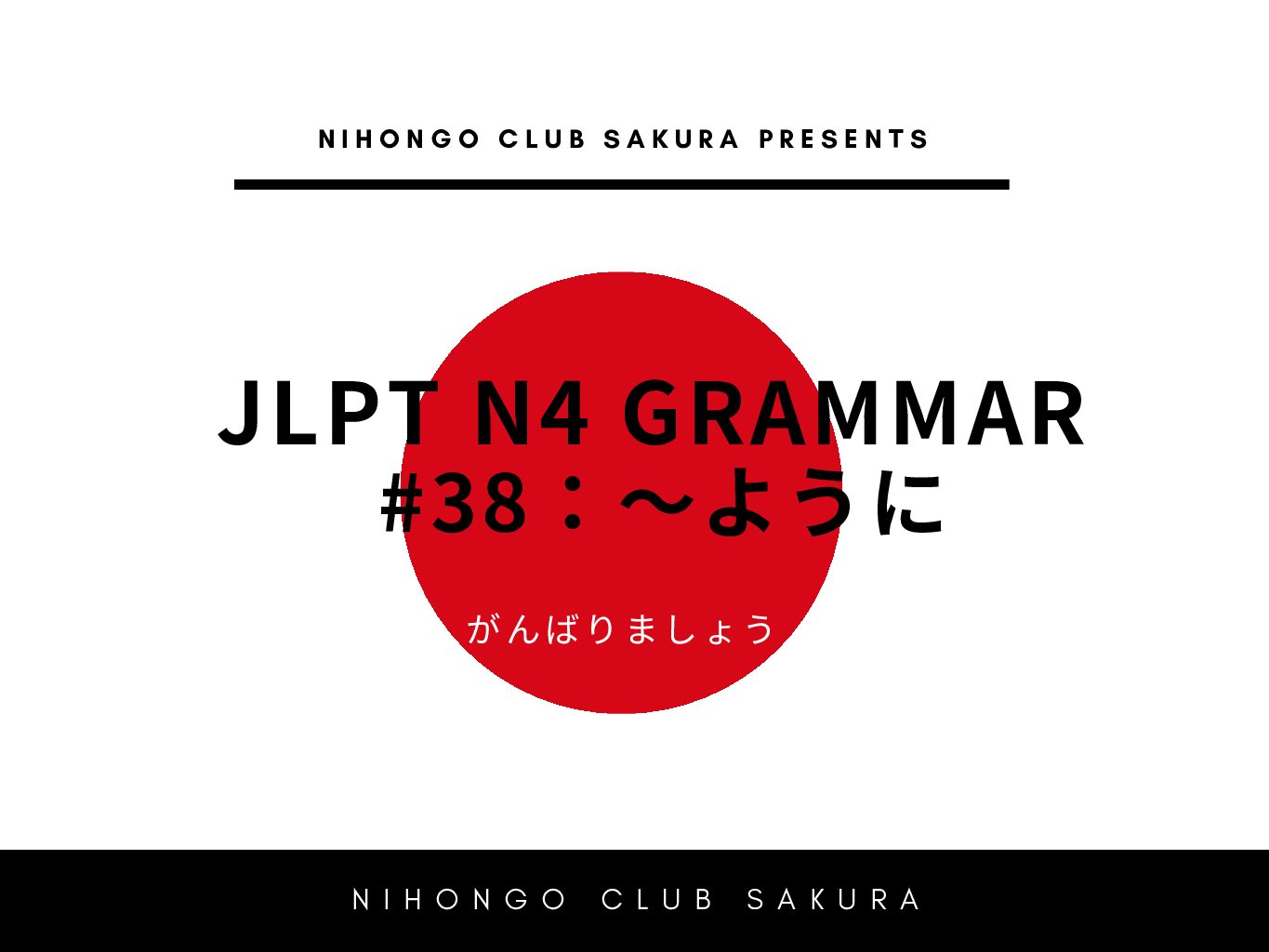 JLPT N4 Grammar Format
JLPT N4 Grammar Format 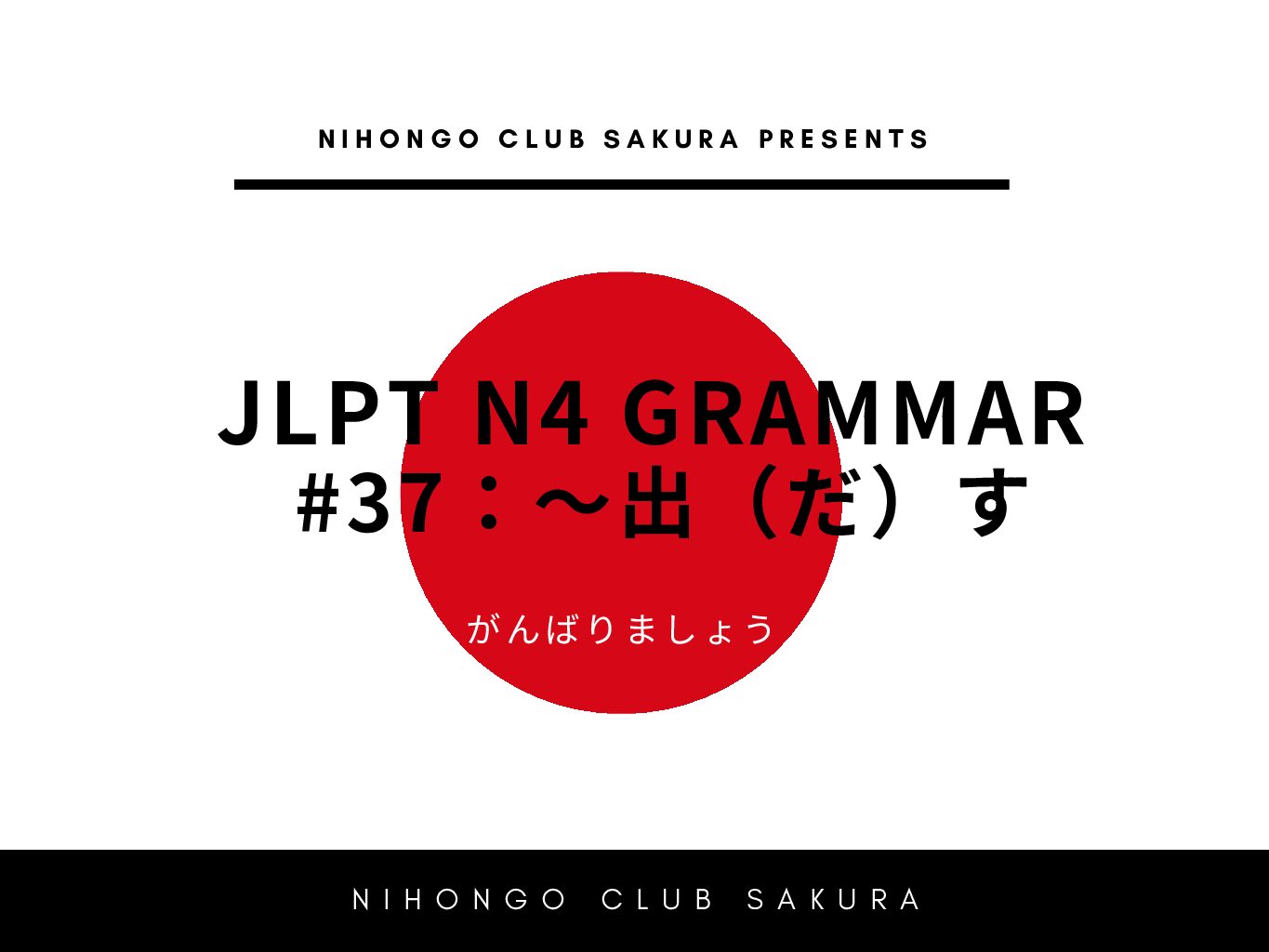 JLPT N4 Grammar Format
JLPT N4 Grammar Format 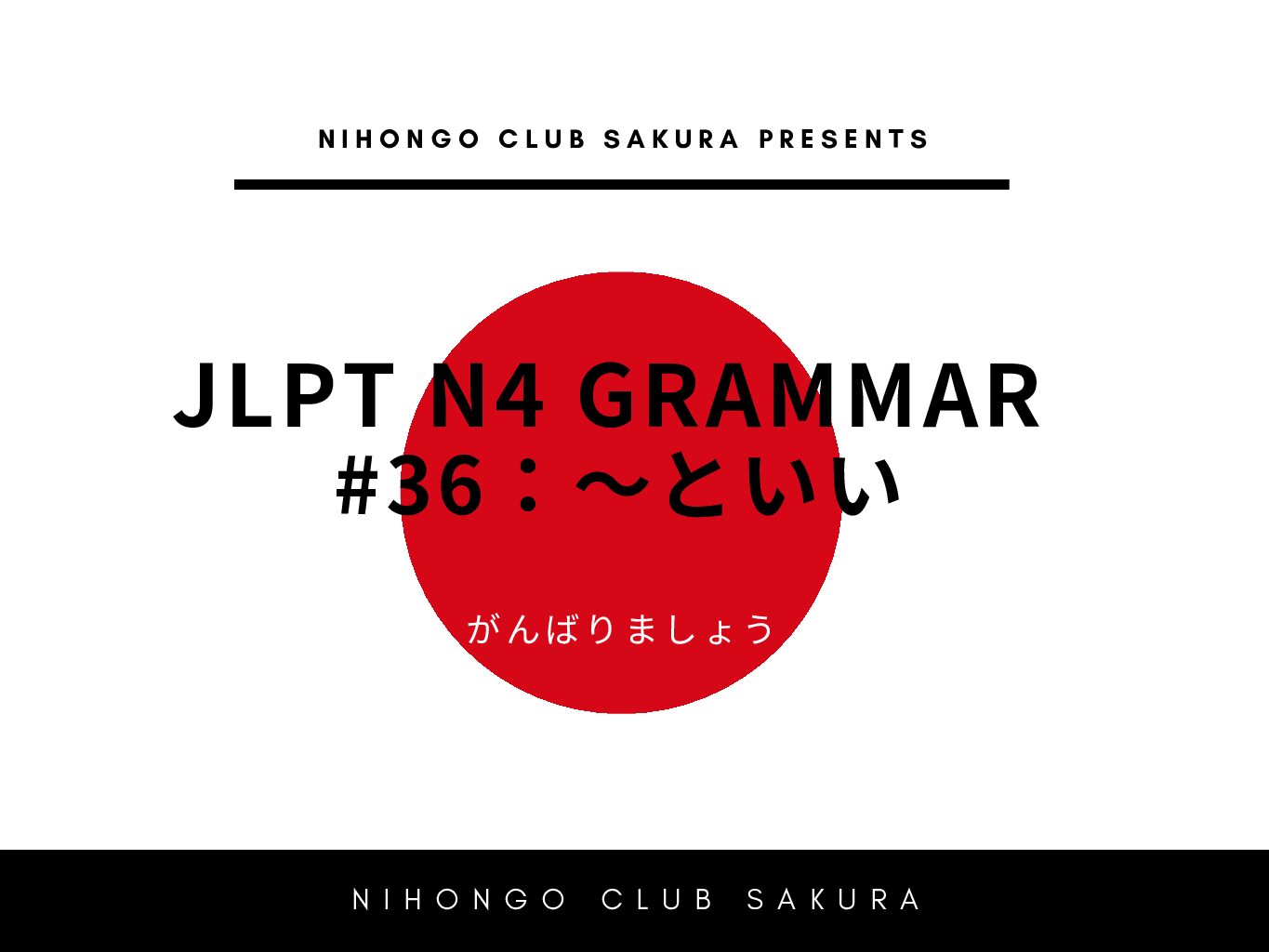 JLPT N4 Grammar Format
JLPT N4 Grammar Format 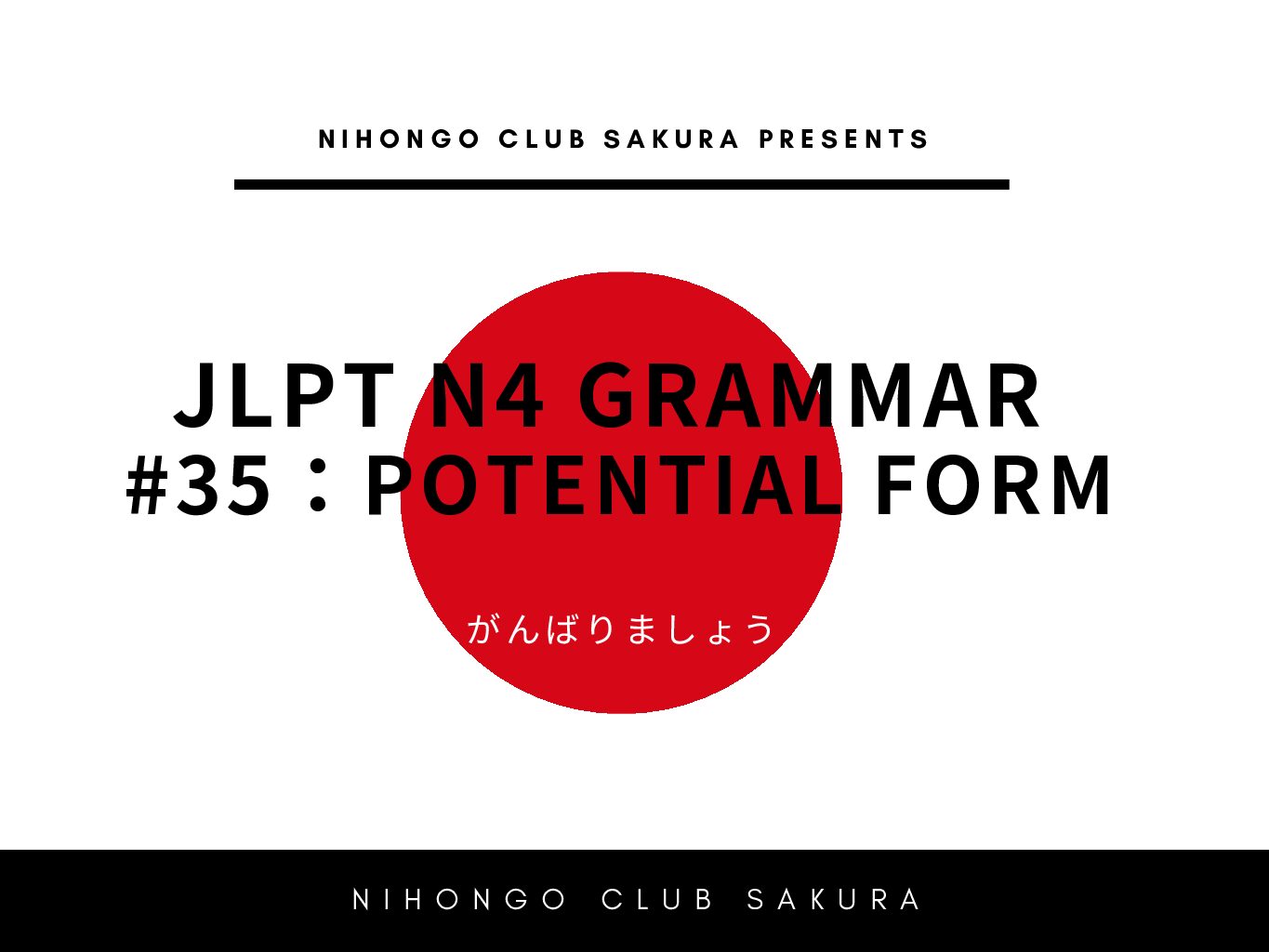 JLPT N4 Grammar Format
JLPT N4 Grammar Format 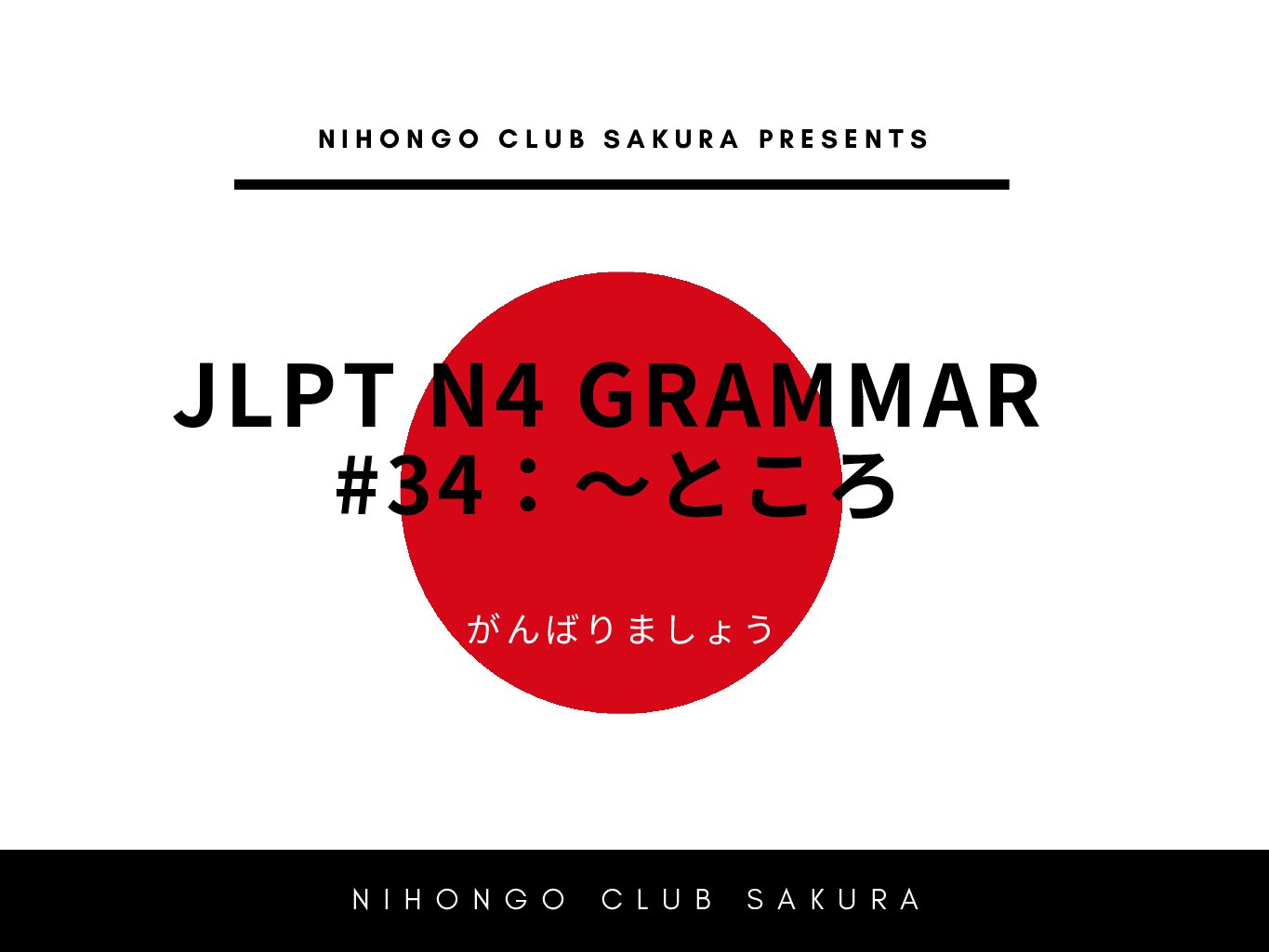 JLPT N4 Grammar Format
JLPT N4 Grammar Format 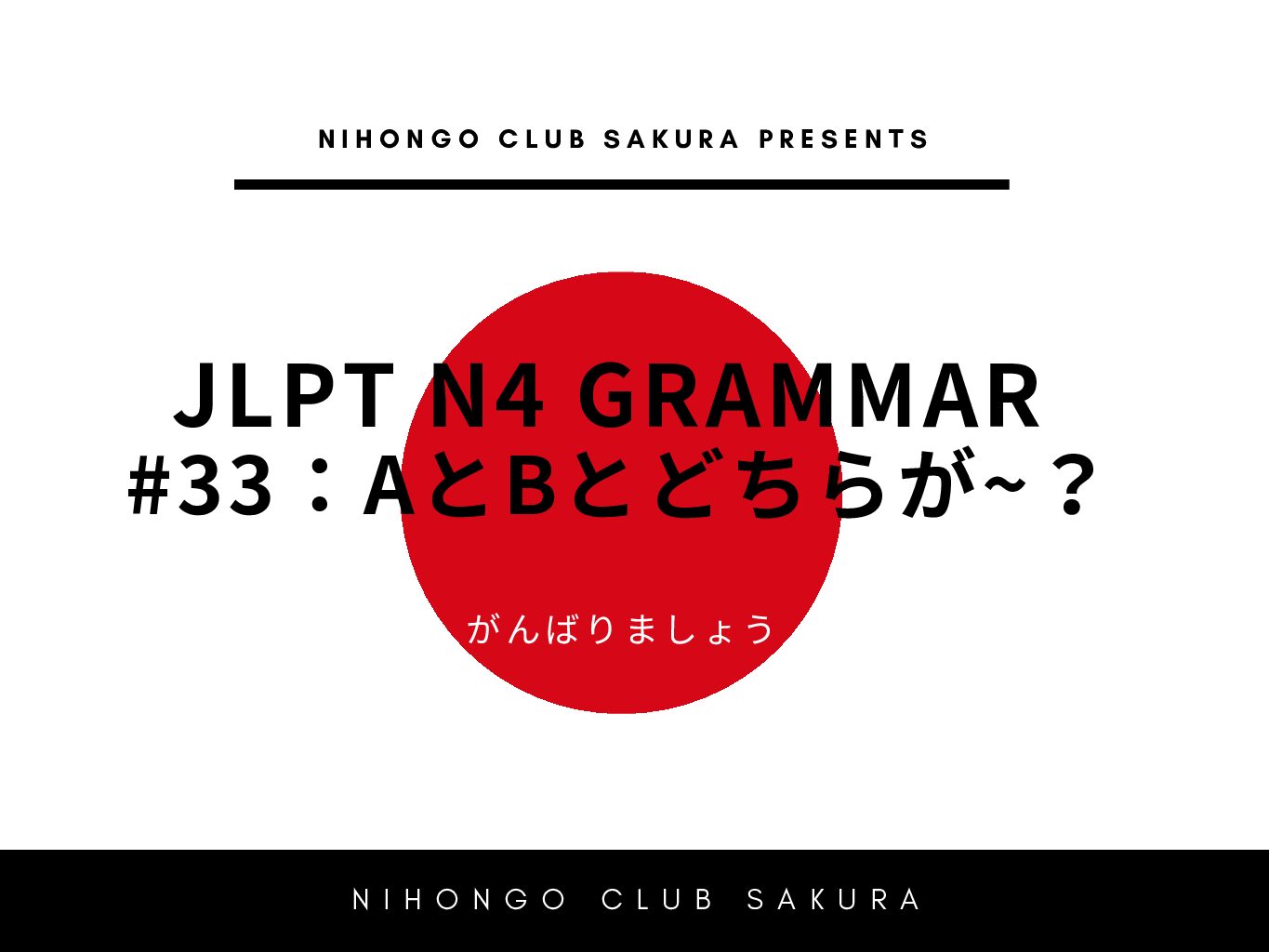 JLPT N4 Grammar Format
JLPT N4 Grammar Format